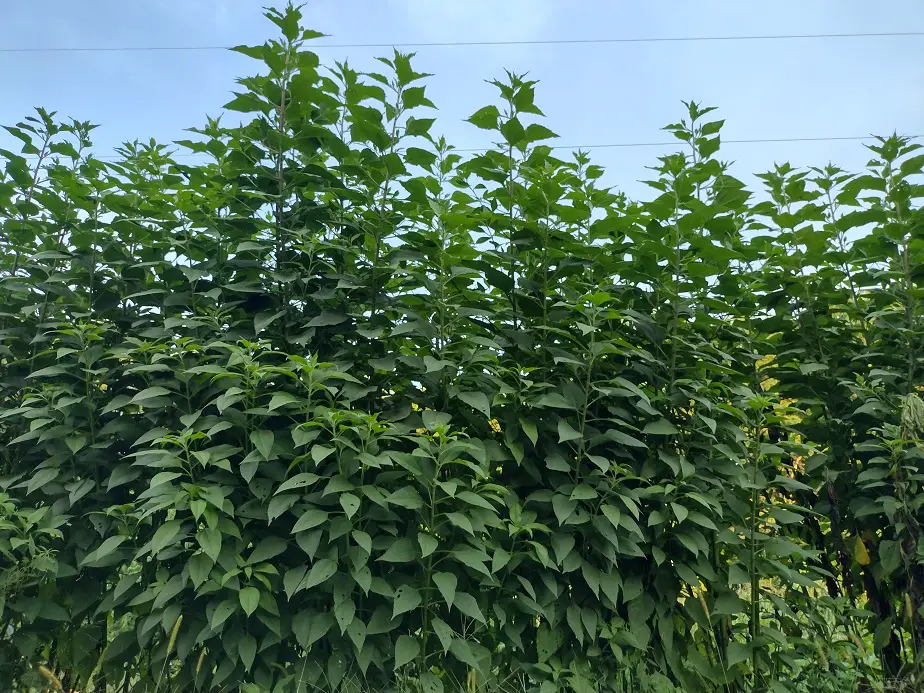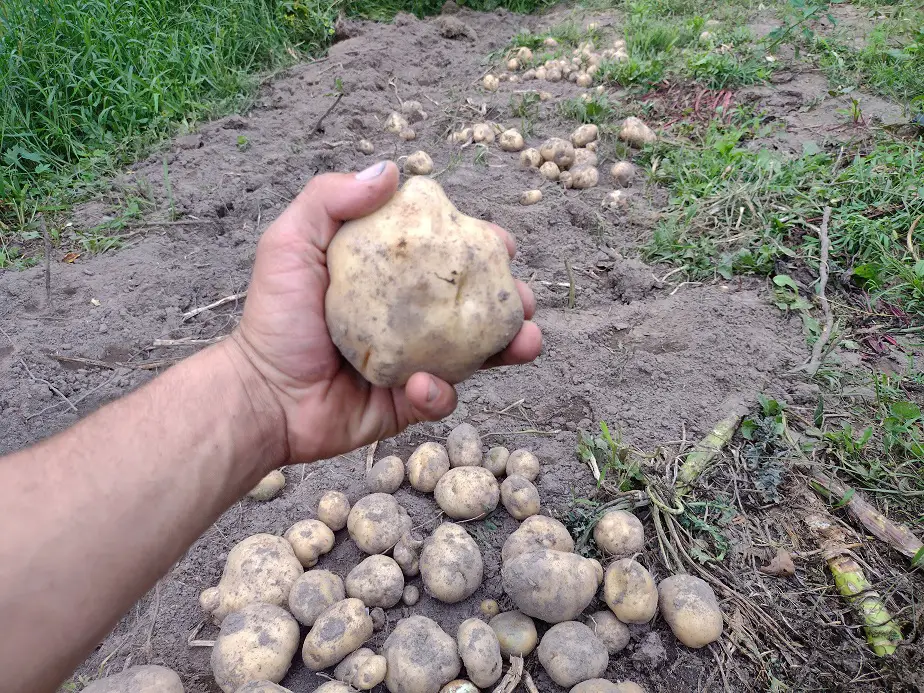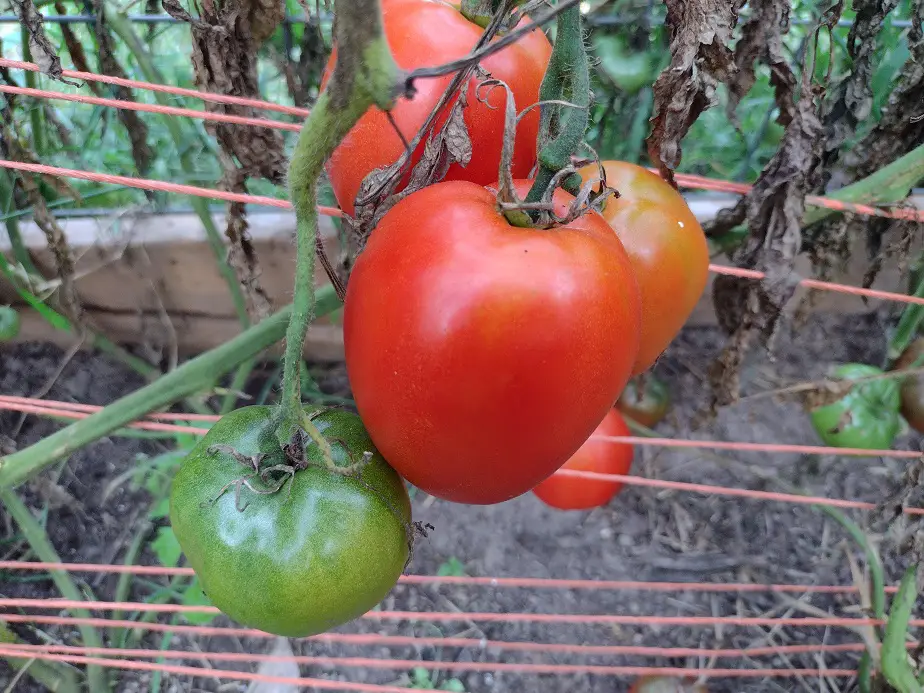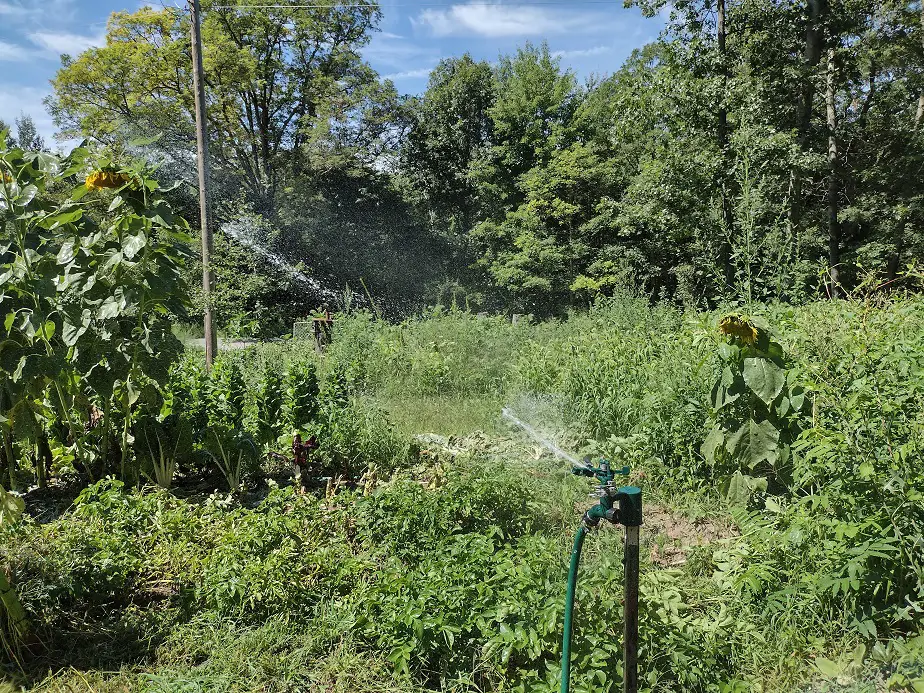Two things that I value highly are sustainability and practicality. Getting the most bang for your buck in the garden is important for a successful homestead and for food security.
In the home garden, the most productive plants, by weight, are mangel beet, sugar beet, and tomato. They can grow 5-10 pounds of food per square foot under intensive care afforded by a skilled gardener. However, dent corn is most productive in terms of caloric value per square foot.
If you want to grow the most food in your garden, You need the right soil and plant selection. Let’s talk about growing as much food as you can and maximizing your yield potential. But realize, there’s a big difference between growing a lot of products and growing a lot of calories.
Common garden plants that are considered high-production are tomatoes, green beans, zucchini, pumpkin, and cucumbers. Some of them do have a high yield potential, but, they don’t really have much caloric or nutritional value.

Here’s a list of the most productive and nutritionally-dense foods you can grow.
| Calories per acre | Protein content | Pounds harvest per acre | |
| Corn (yellow dent) | 15 million | 8% | 11,200 lbs. (dry shelled corn) |
| Topinambur/Jerusalem Artichoke | 15 million | 2% | 16,000 lbs. |
| Potato | 12 million | 2% | 25,000 lbs. |
| Sweet Potato | 11 million | 1.5% | 10,000 lbs. |
| Peanuts | 10.5 million | 26% | 4,100 lbs. |
| Rice (brown) | 10 million | 2.6% | 7,500 lbs. |
| Mangel Beet (fodder beet) | 9 million | 2% | 60,000 lbs. |
| Sugar Beets | 7 million | 2% | 40,000 lbs. |
| Soybean | 4 million | 39% | 2,500 lbs. |
| Sunflower Seeds | 4 million | 21% | 1,500 lbs. |
| Pinto Beans | 3 million | 21% | 1,500 lbs. |
| Lentils | 3 million | 26% | 1,200 lbs. |
| Dry Peas (split peas) | 2.6 million | 25% | 1,500 lbs. |
| *Winter Squash (flesh w/ seeds) | 1.5 million | 3% | 24,000 lbs. |
| Cowpeas | 1 million | 24% | 1,400 lbs |
| Tomatoes | 3 million | 0.7% | 40,000 lbs. |
Funny enough, these aren’t the options most people grow or recommend, except for the squash and tomatoes. And those two are pretty lousy. I only included tomatoes to show how lacking in food value it is. For example, sugar beets, which are not exactly high-calorie, have twice the calories per pound.
Corn was the crop that sprang up somewhere out of ancient America and held it together. As soon as Europeans discovered corn, they started growing it everywhere because it produced better than other crops of the day. I’m not talking sweet corn. Sweet corn has more water and fewer calories.
If you want to grow food for your family, I’d suggest looking at corn, potatoes, sweet potato, and Jerusalem artichoke. Corn and Jerusalem artichoke grow in most climates, but potatoes only do well in cooler areas. Sweet potato grows better in hot climates.
Growing a crop of shelled beans, lentils, or peas, although not highly productive, will grow very high amounts of protein which is needed for a good diet. Sunflower seeds are also a good option, rivaling the high levels of calories and protein in soybean.
If you’re looking for food security or to be more sustainable, growing a mix of these options will give you the most benefit. A well-rounded sustenance garden has a mix of high-calorie and high-protein crops, as well as some high-vitamin options like greens.
Most greens are not highly productive in terms of pounds per plant or per square foot of garden space. but, they’re full of vitamins, minerals, and enzymes that benefit health and digestion. The above list does not contain enough essential vitamins for a healthy diet. You need vegetables, especially leafy greens.
Generally, the darker the shade of green, the stronger the mineral and vitamin content. It’s kind of a rule of thumb that seems to hold up. Light-colored greens like head lettuce and cabbage tend to be fairly low in most vitamins, but are the more productive options.

Maximizing Productivity in Your Garden or Field
A skilled gardener can get a harvest of double the standard expected yield. If you have good growing conditions and good understanding of gardening practices, impressive things happen.
There are five primary factors involved in attaining high yields. They are: soil fertility, plant spacing, water quality, climate, and sun exposure. In general, garden plants and crops all benefit from the same set of basic principles. Let’s talk about them.
Soil fertility is perhaps the most well-known limiting factor. I’m going to break it down into parts, input and output. Soil is not like a credit card, it’s like a bank account. You can’t withdraw what’s not there. Before you can withdraw, grow something, you need an acceptable balance. The higher the balance, the better.
Working the soil automatically creates soil quality degradation unless you are actively working against it. You need to put more in than you take out, otherwise you’ll find your fields or garden getting worse every year. This is the one I’m biggest on. I’ll explain more in the next section.
Plant Spacing affects fertility, water usage, weed pressure, and plant stress. More plants per square foot means more fertility and water is needed to keep up good yields. Spacing plats too far apart makes weeding a simpler task, but encourages more weed growth.
Spacing too closely stunts plants as they rob nutrients from each other and their roots try to outcompete their neighbors. It also blocks out the sun, causing the plants to focus um upright growth instead of healthy, all-around growth.
Water quality: the amount, frequency, and what minerals are in it, all are huge factors. For high-yields, most plants need over 30-inches of water evenly distributed through a season of 3 to 4 months. Where I live, we average around 25 inches a year, but definitely not evenly distributed.
I need to irrigate some, usually from late June through August. City water can be hard on plants due to the disinfecting chemicals added. Well, water usually adds many nutrients to the soil that would otherwise be lacking. Rainwater does not add those minerals to the soil.
Climate matters. PLants need warm weather for good growing, but some do better in hotter or cooler climates. Irish potatoes (regular potatoes) need some weather in the 40-60 degrees range to actually have a harvest. Sweet potatoes and peanuts need a long, hot climate to get a decent harvest.
For info on growing potatoes, I wrote an article on growing big potatoes. Here’s a link to it.
What plants grow best in your local environment. I can get impressive harvests of potatoes, beets, and head lettuce, but friends in Texas can’t really grow them. In sunny California, tomatoes thrive and can yield 3 times what they trend to here in Michigan. Ask a local what does best, or leave a comment here.
Sun exposure is what gives plants energy to grow, garden and field food crops need at least 8 hours of direct sunlight, but 12+ hours a day will maximize photosynthesis and plant growth efficiency. In Michigan, we average about 14 hours of sublight a day during the growing season.
Here in the north, the sun is a bit weaker strength so a little more sun is needed. Luckily, we have longer daylight hours up here. Near the equator, 8 hours of direct sunlight is probably enough for a decent tomato harvest. Here, 10 hours or more are preferred.
So, the two things you can do to boost your harvest the most are to irrigate and build long-lasting, natural soil fertility.

Building up the Soil for Increased, Long-Lasting Fertility.
soil fertility is usually thought of as simply adding fertilizer. If all you do is add fertilizer, you are degrading your soil. Fertilizer alone will harm beneficial soil life and microbes, and a lot of it will wash out in the rain. If you want soil to work, you need to build up its carbon content.
Organic matter is what holds up soil. it fixes problems, makes fertilizer work better, and allows plants to better withstand periods of drought. Soil organic content is like the Roth IRA retirement account of plants. The organic material feeds beneficial fungi, bacteria, and bugs. It also stores up plant nutrients.
Most garden and farm fields are low in organic matter. I started with a soil organic content of about 1 percent, which is horrible. Nothing grew well. Now, I have 5 to 6 percent soil organic matter. Plants grow better and stronger, need less water, and the ground needs less fertilizer.
So, building up your soil organic content means adding organic things into the dirt. The more common additions are plant residues, manures, and compost. If your soil isn’t nice, black, and fluffy, you can add more organic matter and will see an improvement in healthy soil function.
For information on how to use manures, read my article on using manures. Here’s a link to it.
Soil loses organic matter every year as some of it breaks down. You need to add more organic matter than the amount of organic things (produce and plant matter) that are taken out of the soil. My personal favorite additions are fallen leaves and grass clippings. I’ll pile them in deep every year.
It’s important to try and use a variety of these compostable stuffs to give your soil a well-balanced fertility boost. If you have a garden, you should think twice before throwing out anything that can be composted (rotted away). Pile it up during the growing season, and add it to the soil in the fall or spring.
Tilling is known to severely reduce soil organic matter. By stirring up the soil and oxygenating it, soil bacteria are able to eat up the good organic materials in the soil, releasing the nutrients faster than they can be used by plants. Tilling leads to loss of nutrients and organic matter. Think twice first. Or at least, add a lot of organic matter.

One of the best ways to increase natural, long-lasting fertility and to add to the soil’s fertility bank is to covercrop. That means planting a crop, usually during the off-season, strictly to add the plant matter into the soil. Cover crops are usually either winter killed, or milled by machine.
My cover crop seed is a mix of clovers, beans, wheat, barley, and turnip. That’s a very well-rounded selection. Cover crops do two important things. First, they are plants growing in the soil either before or after your main crops can be in the ground.
Ay period without live plants in the soil has a negative impact on soil health and fertility. Plants have tiny capillary roots that are attracted to and seek out water in the soil. Plants are constantly growing new and killing off old ones as water fluctuates in the soil.
The most beneficial soil microbes feed on those dead capillary roots. by growing a cover crop, we’re going leaps and bounds to building up soil fertility. Every plant’s roots host certain microbes. Planting a mixed cover crop, hosts a variety of microbes. That’s part of doing our best to rejuvenate the dirt under our feet.

